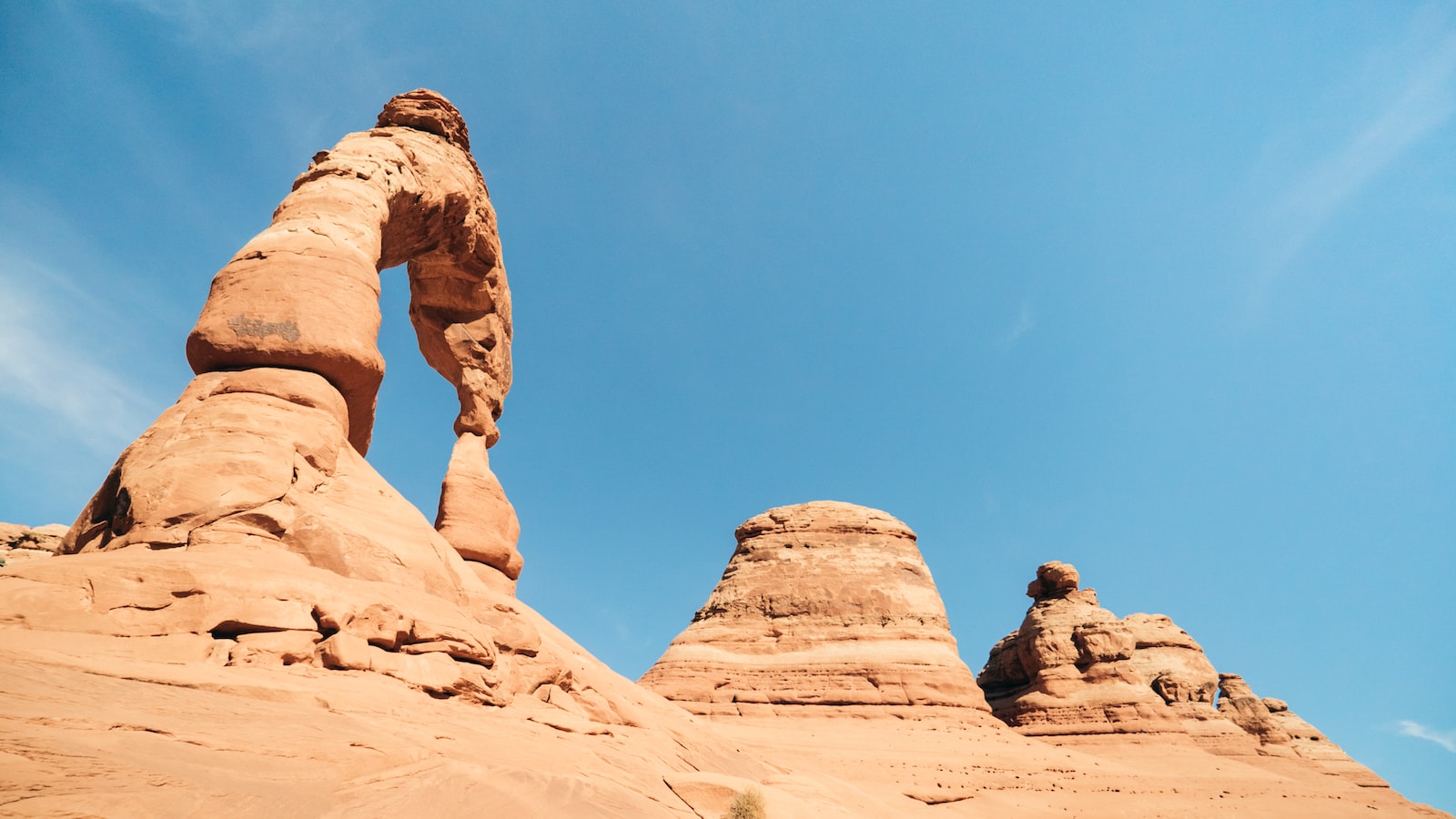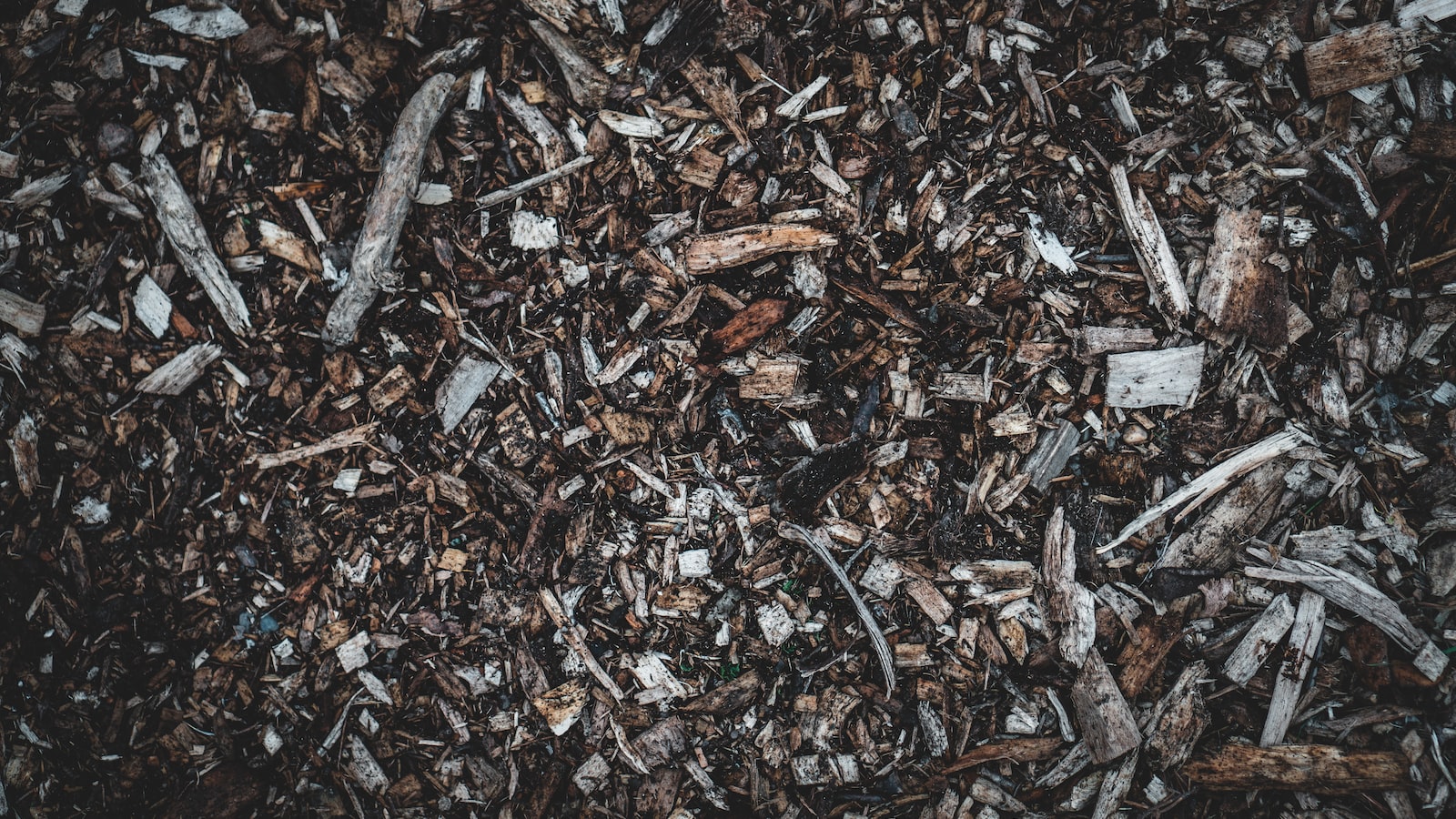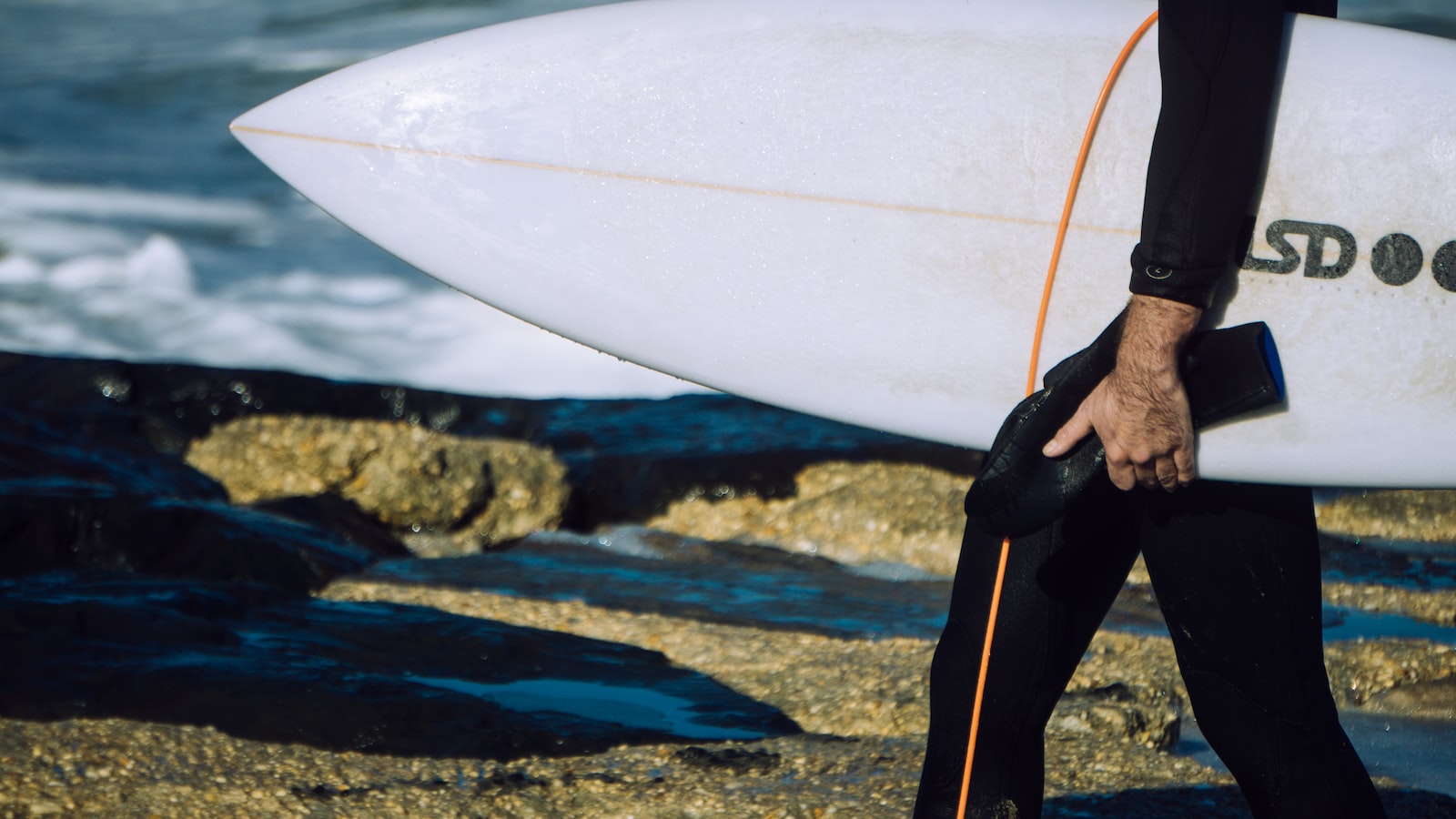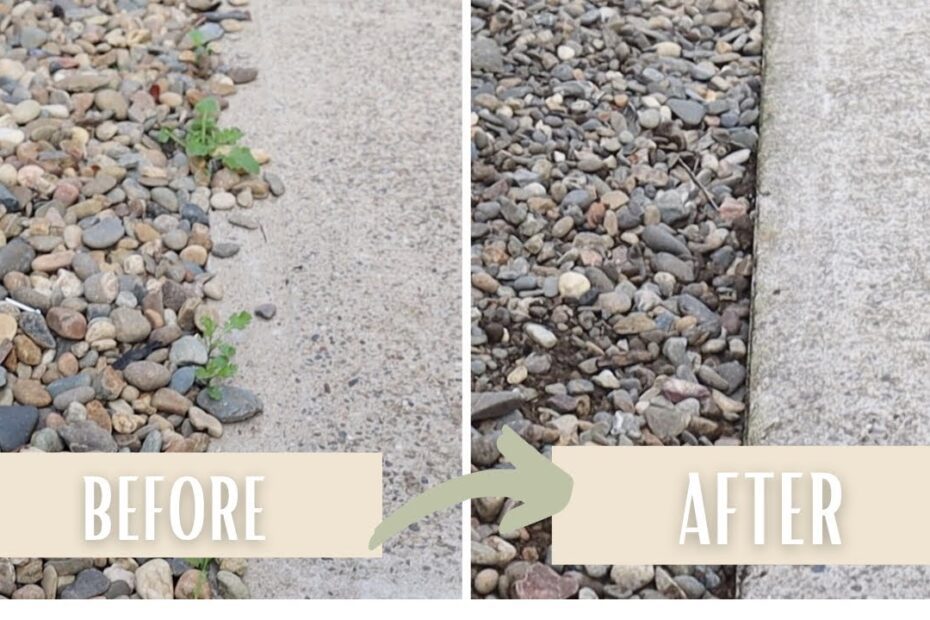Stepping out onto your charming front porch, you take a moment to revel in the beauty of your manicured garden. Verdant plants stretch towards the sky, their vibrant petals greeting the golden sunbeams with delight. Soft rays cascade upon the carefully laid mulch, enhancing the allure of your outdoor haven. However, as you descend the steps to step onto the sidewalk, you abruptly realize an unwelcome surprise – clusters of mulch stubbornly adhering to the concrete pathway. Fear not, for in this article, we will unveil a handful of inexplicably simple yet effective methods to keep mulch from surreptitiously cascading onto your beloved sidewalk. Bid farewell to the woes of mulch migration, and allow your garden’s enchantment to shimmer unencumbered from nature’s grasp.
Preventing Mulch Erosion: A Practical Guide for Sidewalk Maintenance
| TIP | DESCRIPTION |
|---|---|
| Double Stacking | Consider placing an additional layer of mulch near the garden bed edge to act as an extra barrier against erosion. |
| Gutter Extensions | Install gutter extensions to redirect water away from the garden bed, reducing the amount of water that reaches the mulch. |
| Regular Maintenance | Regularly rake and fluff the mulch to prevent compaction, which can make it less prone to erosion. Remove any debris or leaves that may accumulate on the garden bed. |

Aesthetics vs. Practicality: Choosing the Right Mulch for Sidewalk Borders
When it comes to selecting the perfect mulch for your sidewalk borders, striking a balance between aesthetics and practicality is crucial. Not only do you want your mulch to enhance the overall look of your landscape, but you also need it to serve its purpose effectively. One common challenge that many gardeners face is preventing mulch from constantly washing onto their sidewalks. Luckily, there are several strategies you can employ to keep your mulch in place and maintain the neat appearance of your walkways.
First and foremost, you’ll want to consider the type of mulch you use. Opting for chunkier materials, such as bark chips or pine straw, can help prevent them from freely flowing onto your sidewalk during heavy rainstorms or when watered. These types of mulch tend to interlock and create a more stable surface that resists erosion. Additionally, using an edging material, such as plastic or metal borders, can provide a physical barrier between the mulch and the sidewalk, helping to keep it contained. Be sure to install the edging material slightly higher than the sidewalk to ensure it falls within the borders and doesn’t overflow onto the pavement.
To further enhance the effectiveness of your mulch and prevent displacement, consider implementing these features or tips:
| Feature/Tips | Aesthetic Benefits | Practical Benefits |
|---|---|---|
| Mulch mats or netting | Discreet and blends into the mulch | Prevents mulch from washing away and minimizes weed growth |
| Strategic planting | Enhances the overall appearance of the landscape | Creates a natural barrier that helps keep mulch in place |
| Tapered mulch depth | Provides a visually appealing gradual transition from the sidewalk | Reduces the amount of mulch that can potentially spill over onto the pavement |
By being mindful of the mulch type, using appropriate edging, and incorporating additional features and tips, you can maintain the visual appeal of your sidewalk borders while minimizing the hassle of constantly dealing with displaced mulch. Striving for both aesthetics and practicality ensures that your landscape not only looks stunning but also functions effectively.
Effective Techniques to Prevent Mulch Runoff onto Sidewalks
Are you tired of constantly battling with mulch runoff onto your sidewalks? Frustrated with the constant mess and unsightly appearance it creates? Well, fret no more! We have compiled a list of effective techniques that will help you keep your mulch in place and prevent it from washing onto your precious sidewalks.
| Feature/Tips | Description |
|---|---|
| 1. Edging | Create a clear barrier between your mulch and the sidewalk by installing sturdy edging materials such as metal or plastic. This will prevent the mulch from spreading onto your sidewalks. |
| 2. Proper Mulch Depth | Ensure that you maintain an appropriate depth of mulch. Too much mulch can easily wash away, while too little won’t provide sufficient coverage. Aim for a depth of 2 to 4 inches for optimal results. |
| 3. Use Organic Mulch | Choose organic mulch materials, such as wood chips or bark, that interlock and bind together. This will create a more cohesive layer, reducing the chances of runoff during heavy rains or watering. |
Additionally, consider incorporating plants with deep and extensive root systems around the perimeter of your mulched area. The roots will act as a natural deterrent for runoff, anchoring the mulch in place and preventing erosion. Regularly inspect your mulch, especially after heavy rainfall, and reposition or replenish as needed.

Sealing the Deal: Top-notch Mulch Edging Solutions for Smooth Sidewalks
How to Keep Mulch from Washing onto Sidewalk
When it comes to creating beautifully landscaped yards and gardens, mulch is a popular choice for adding a finishing touch. However, one common problem that many homeowners face is the constant migration of mulch onto the sidewalks. The last thing you want is for your beautifully manicured walkways to be covered in unsightly mulch, so it’s important to find effective solutions. Here are some top-notch mulch edging tips to ensure your sidewalks stay clean and pristine:
| Features | Tips |
|---|---|
| 1. Mulch Edging Borders: | Install sturdy edging borders around your mulched areas to create a physical barrier that prevents mulch from spilling onto the sidewalks. Choose materials like brick, stone, or metal for durability and aesthetics. |
| 2. Landscape Fabric: | Lay down a layer of landscape fabric beneath the mulch to provide additional protection against erosion and prevent mulch particles from seeping into the sidewalk cracks. |
| 3. Proper Mulch Depth: | Ensure that the mulch is not piled too high against the edges of your flowerbeds or tree bases. Maintaining a slight slope away from the sidewalks will minimize the chances of mulch washing onto them. |
By implementing these top-notch mulch edging solutions, you can prevent the hassle of constantly sweeping or blowing mulch off your sidewalks. Say goodbye to the never-ending battle of keeping your walkways clean, and enjoy a beautifully landscaped yard with smooth, mulch-free sidewalks.
Frequently Asked Questions
Q: How to Stop Mulch from Becoming Sidewalk Surfer?
A: Discover These 3 Smart Strategies!
Q: Does your mulch constantly migrate onto your sidewalk? Fear not, we’ve got you covered!
A: Check out these clever tips to prevent mulch from going on a sidewalk stroll.
Q: Tired of Shuffling Mulch? Here’s How to Keep It In Place!
A: Unveiling 3 nifty tricks to bid farewell to mulch migration. As we conclude this journey about the marvels of mulch and its unrelenting quest to conquer our sidewalks, we hope you have gained some valuable insights into the art of mulch management. Remember, mulch is not just a humble protector of plants, but also a mischievous explorer, capable of venturing beyond its designated boundaries.
While we understand the allure of mulch’s terrestrial escapades, we have equipped you with a repertoire of techniques to rein in its adventurous spirit. Slowing the currents of time and erosion calls for embracing the duty of maintaining a harmonious balance between nature and the concrete pathways we traverse.
Through ingenious tactics, such as installing landscape fabric beneath the mulch kingdom and employing strategic edging to contain its wanderlust, you can cultivate a yard where the sidewalks thrive free and mulch resigns itself to being a loyal servant of the garden.
However, let us not forget the unyielding forces of Mother Nature, for even the most steadfast defenses may face the whims of a torrential downpour or gusty winds. Nature, ever the playful jester, will test our determination to protect our sidewalks from the insurmountable forces of gravity and moisture.
Yet worry not, dear reader, for the cycle of mulch and sidewalk battles shall continue, an eternal dance between man and nature. As you embark on your own journey to tame and guide the mulch, remember the harmony that lies within our perseverance and adaptability.
The mulch kingdom may occasionally venture toward the sidewalk’s edge, marking its territory with muddy footprints, but fear not, for the resilient spirit of a gardener shall never falter. Armed with knowledge, patience, and a willingness to adapt, you stand triumphant against the audacious mulch’s ambitions.
So, may you continue to navigate this intricate dance with grace, armed with the tools to prevail. As you forge ahead, may your sidewalks remain pristine, an untrodden path in a world where mulch may reign, but never overpower.
Farewell, fellow mulch tamers, for now you possess the wisdom to keep your sidewalks sacred, as nature’s most mischievous accomplice is tamed, if only for a fleeting moment. The dance goes on, the journey ever-continuing, and the mulch shall remain our eternal companion and adversary.
- When to Put Weed and Feed on Lawn in Michigan - October 16, 2023
- When to Fertilize Potatoes Plants - October 16, 2023
- Can You Plant Clover in the Spring - October 16, 2023
Contents
- 1 Preventing Mulch Erosion: A Practical Guide for Sidewalk Maintenance
- 2 Aesthetics vs. Practicality: Choosing the Right Mulch for Sidewalk Borders
- 3 Effective Techniques to Prevent Mulch Runoff onto Sidewalks
- 4 Sealing the Deal: Top-notch Mulch Edging Solutions for Smooth Sidewalks
- 5 Frequently Asked Questions

